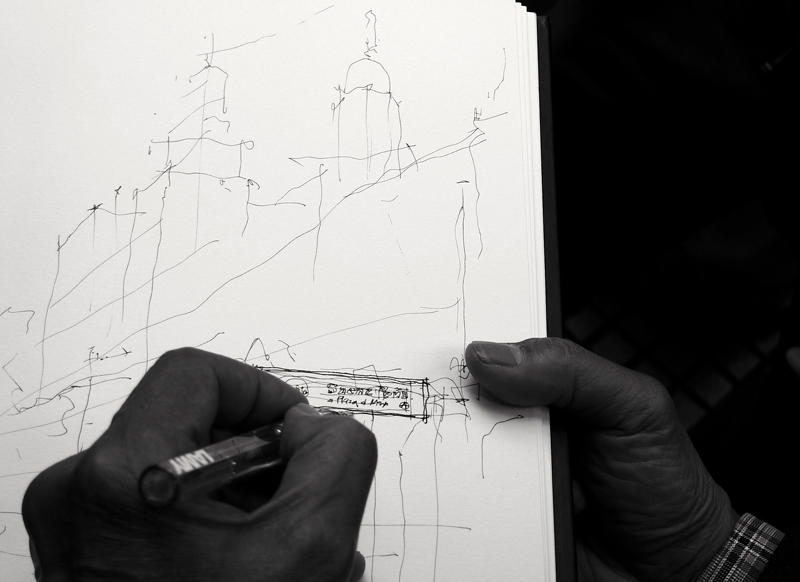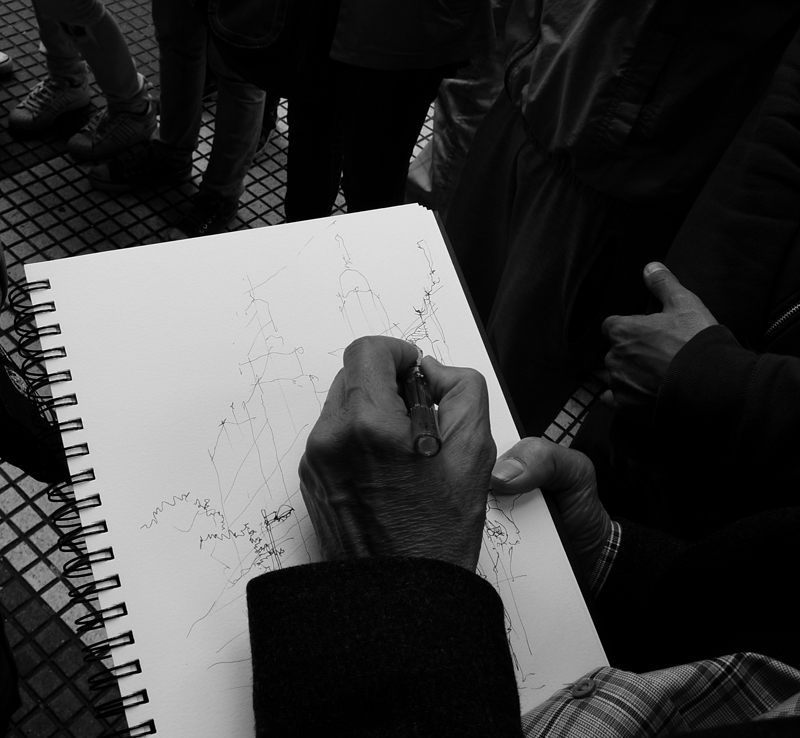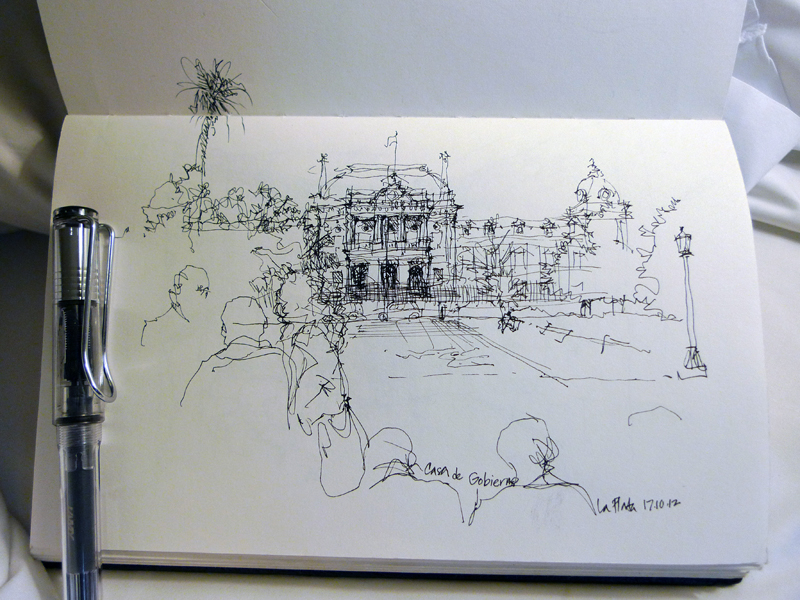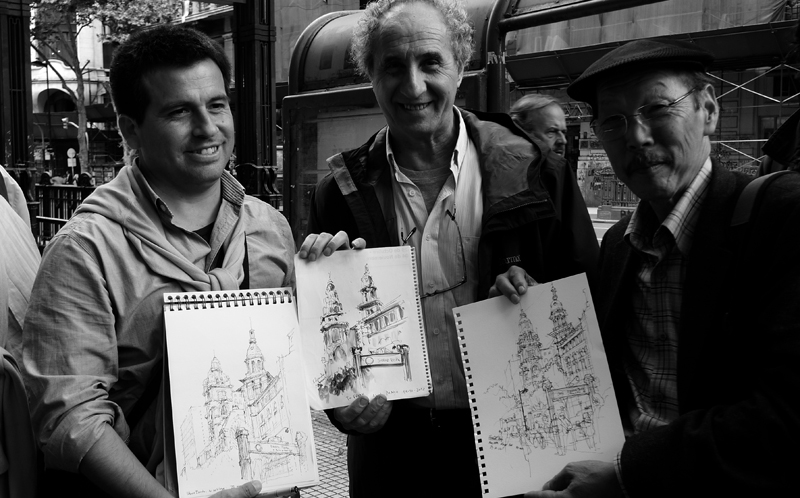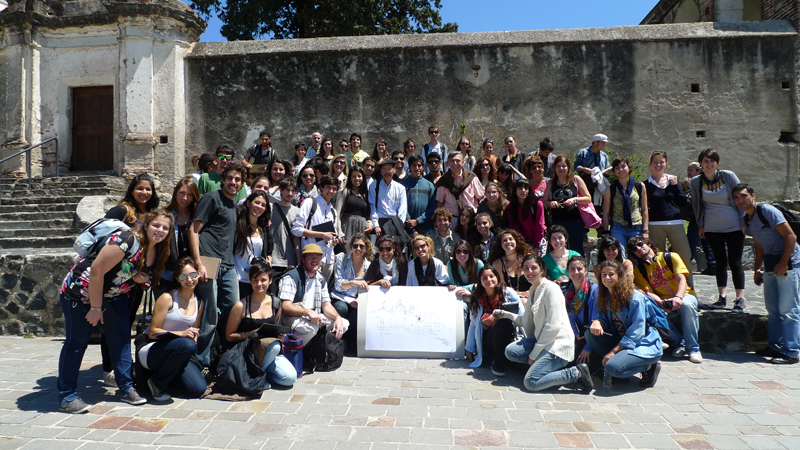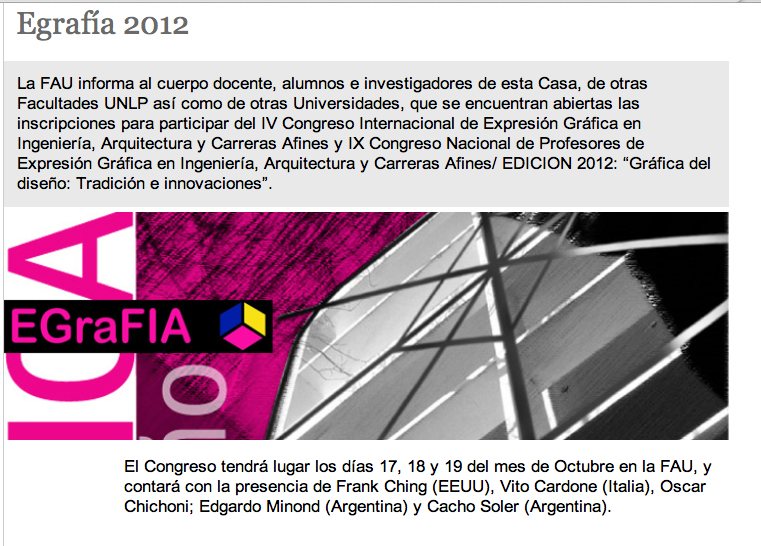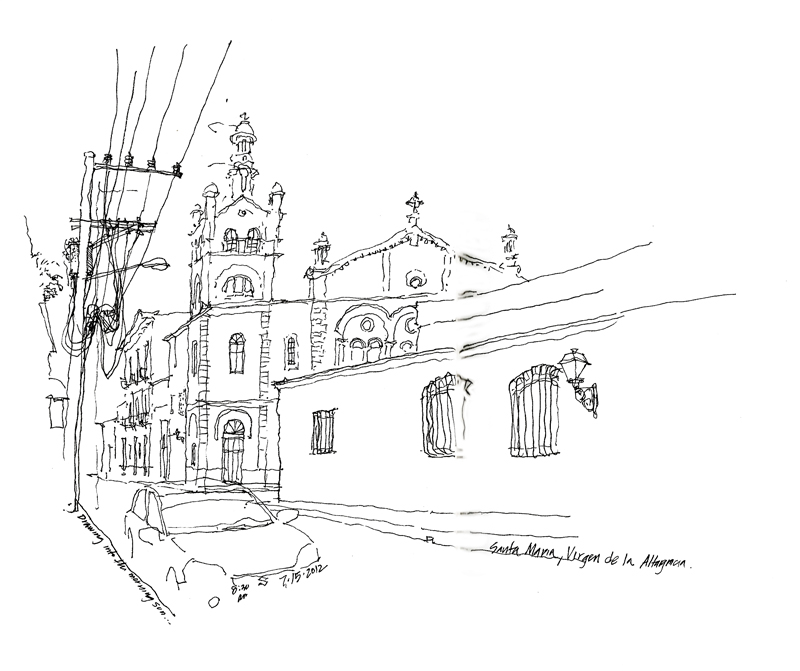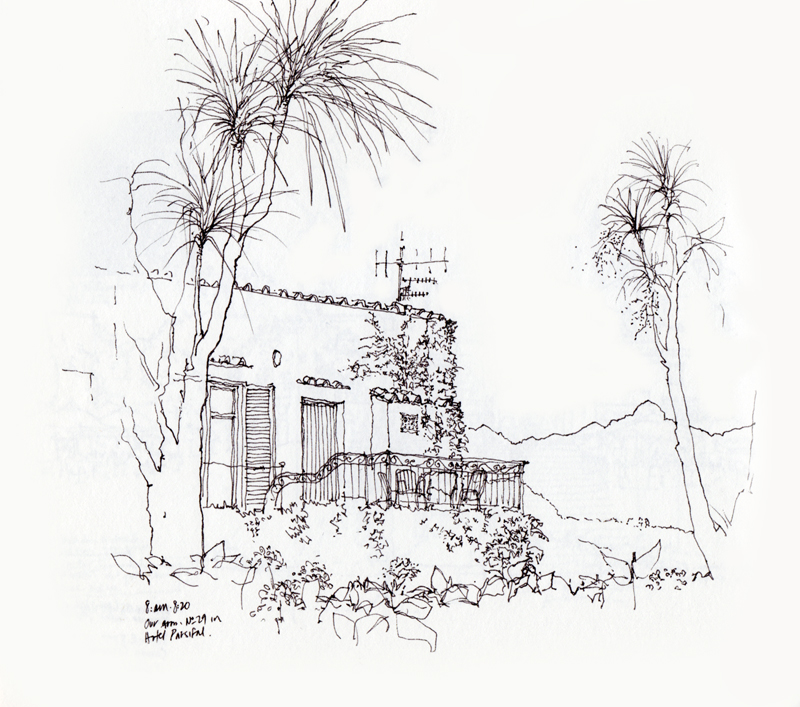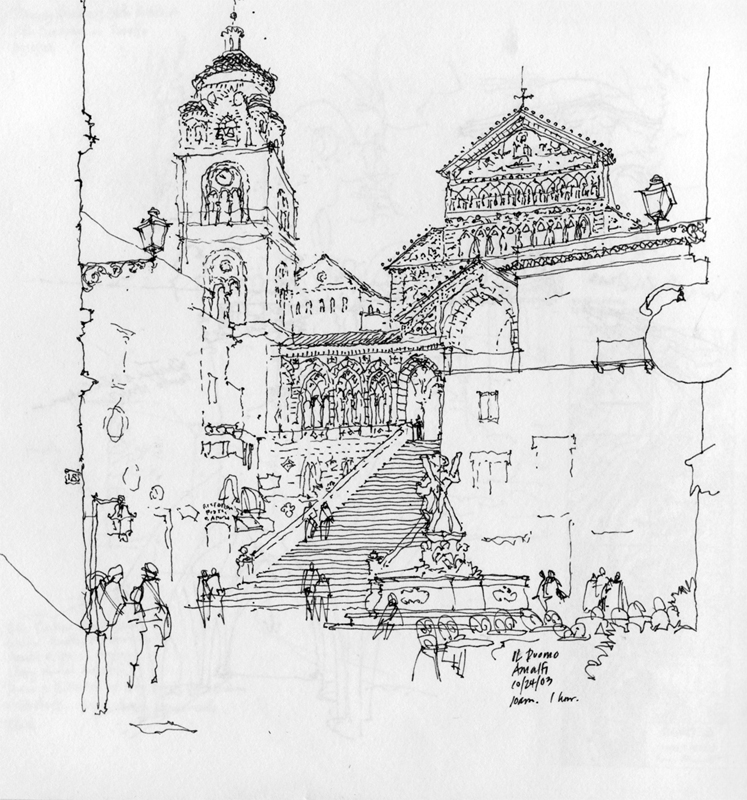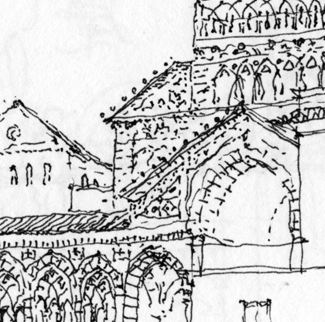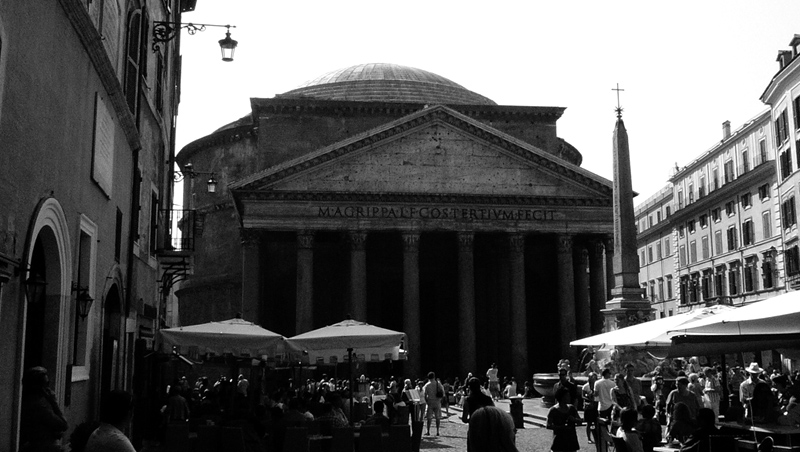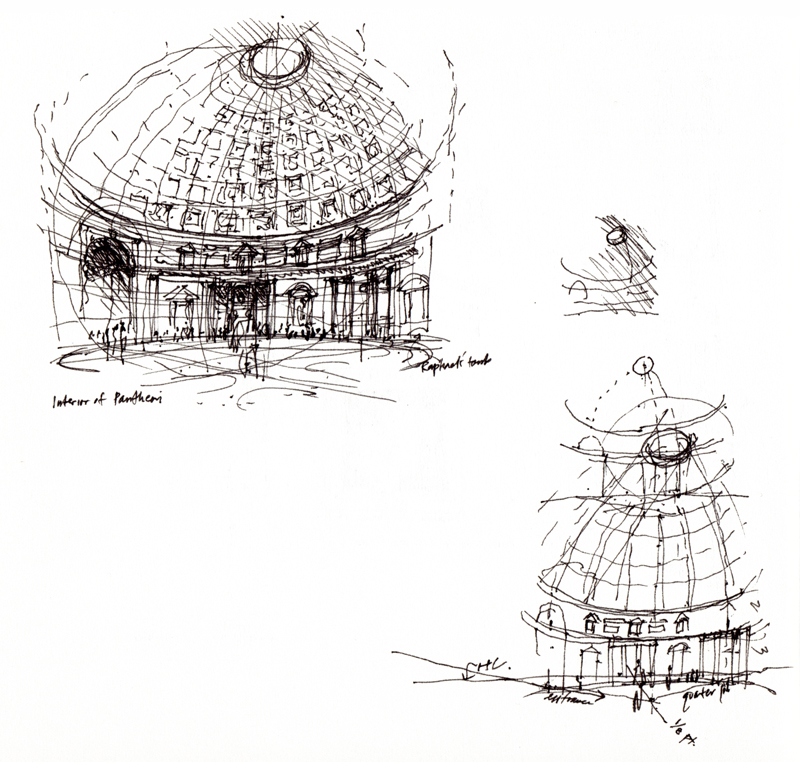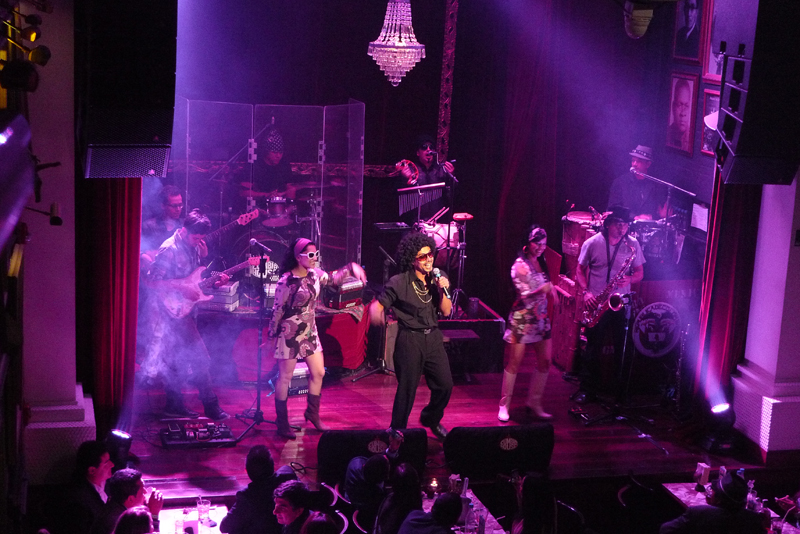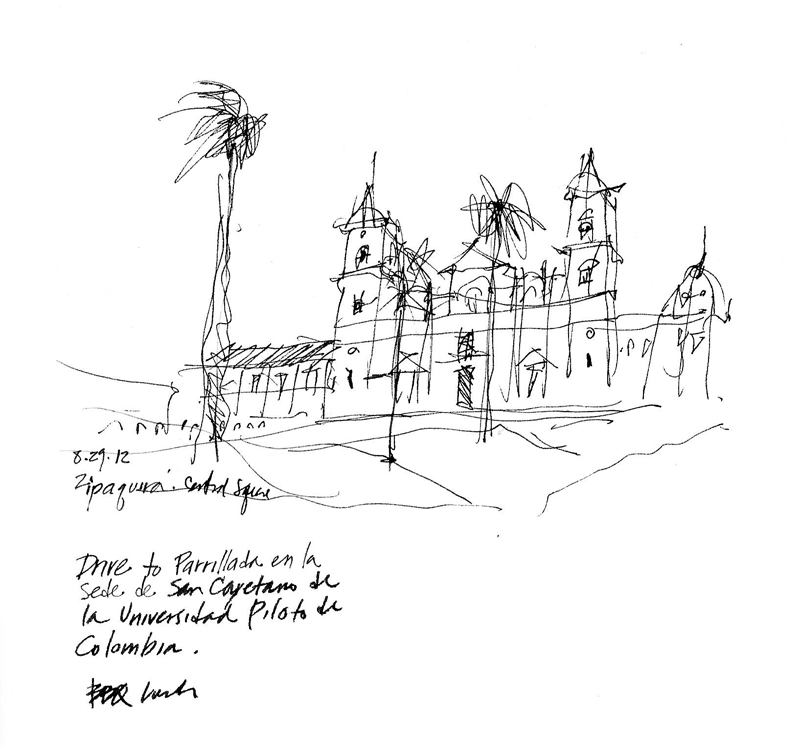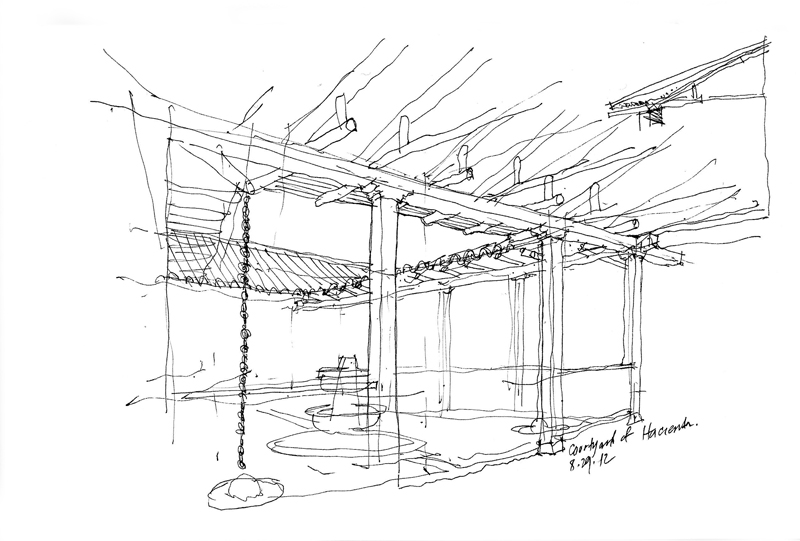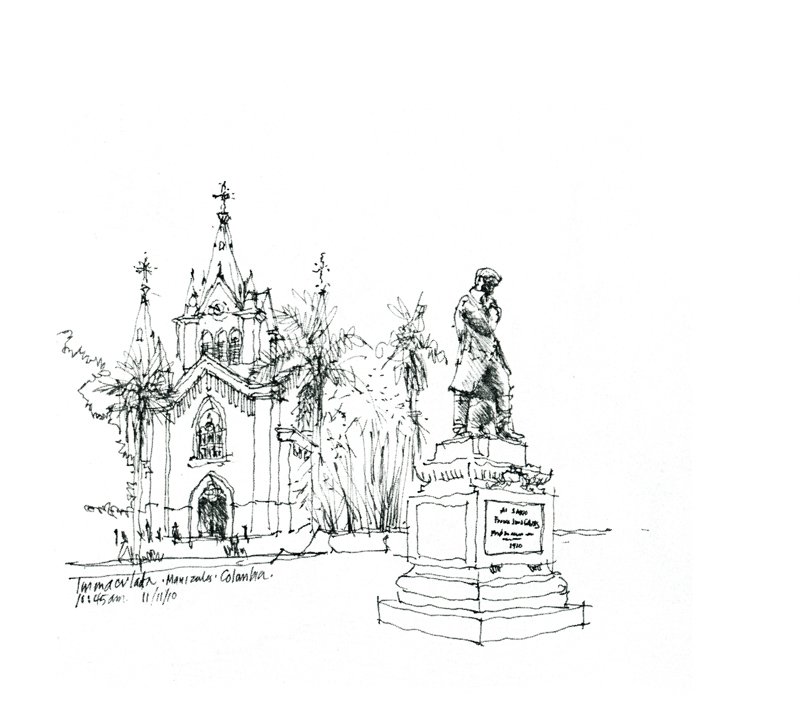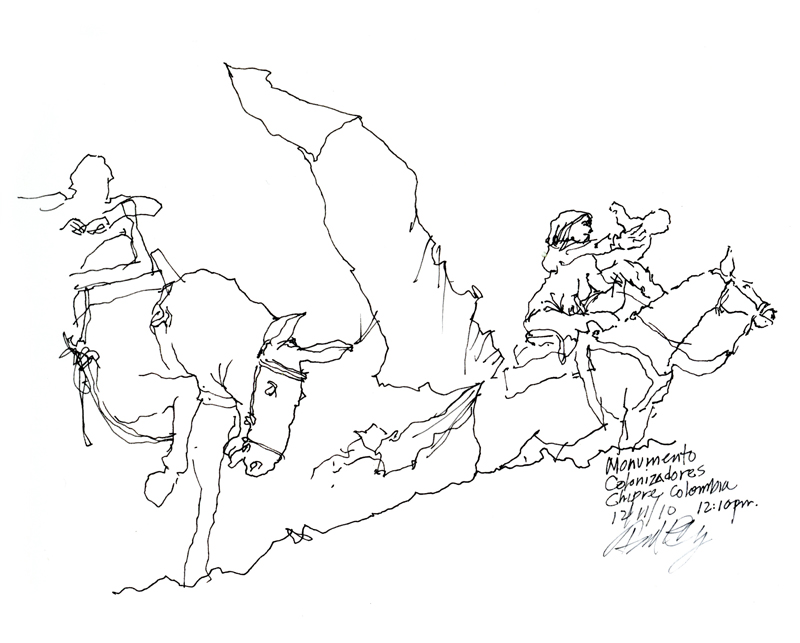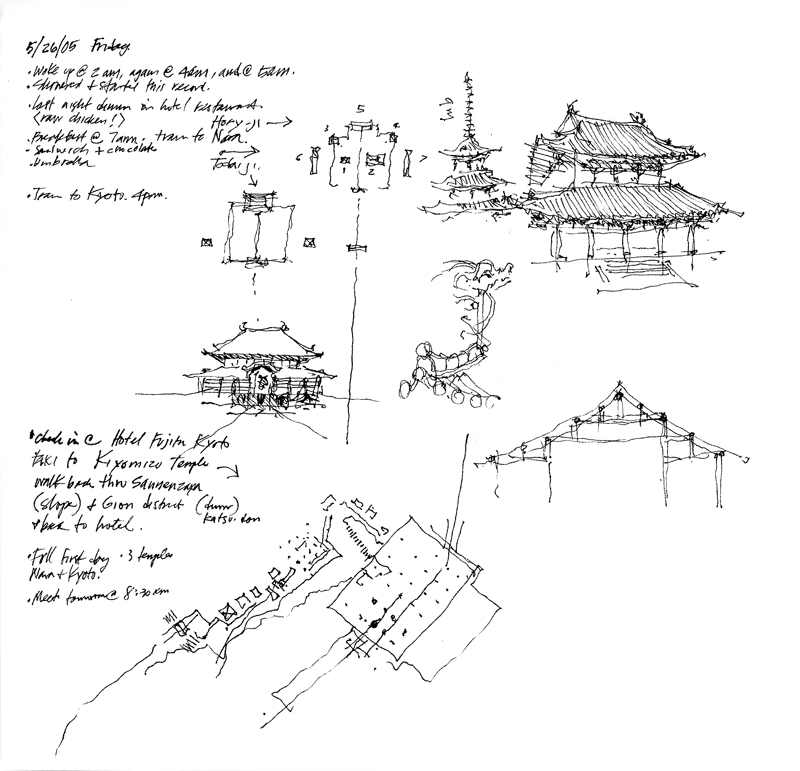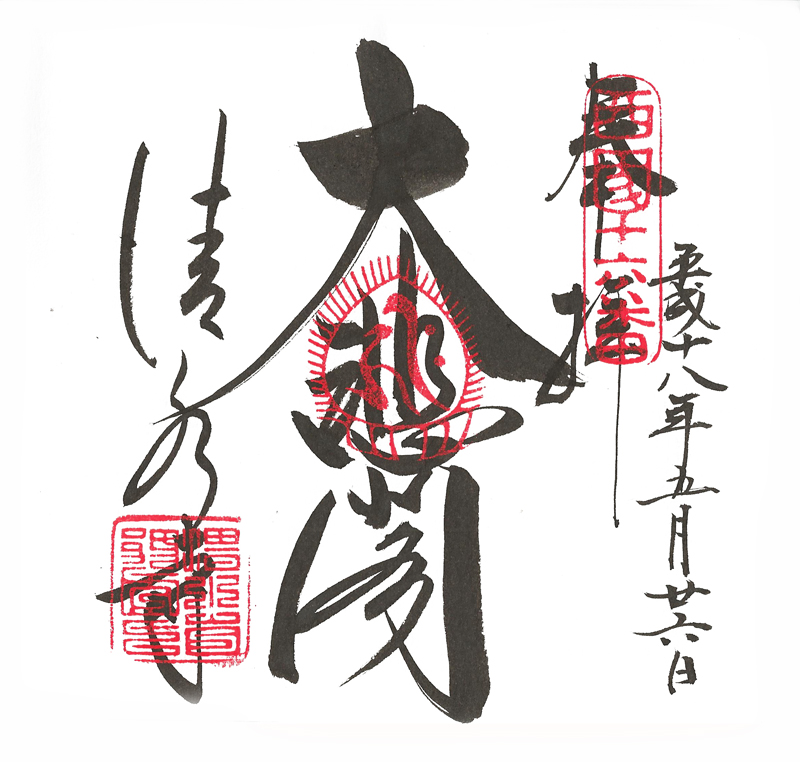Here is a photo of the view that Wilder Gómez Taipe, Edgardo Minond and I drew in Buenos Aires, followed by photos of my drawing in progress.
I wanted to show these to illustrate how my process starts with blocking out the major forms with light pen strokes. In this way, I can both compose the view and ensure that the composition will fit properly on the page. At this early stage, adjustments can still be made before committing to the drawing’s development.
Once I have the composition blocked out, I then begin to work on the major forms and fill in the details. I usually begin with foreground elements to frame the view before moving on to the focus of the drawing. At other times, I may start with the focus of the view but always rough out framing elements fairly quickly so that the drawing composition is always in the forefront.
In a few days, I will try to recap my Argentina experience.


